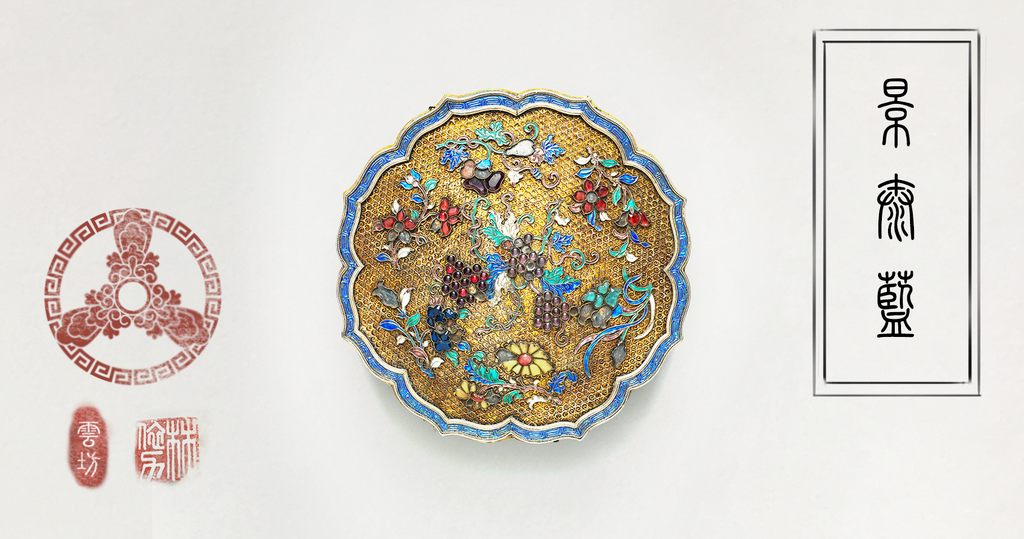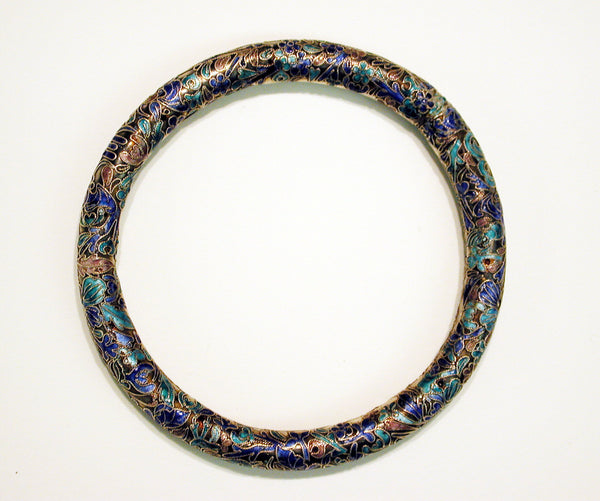8% off orders over $100, 15% off orders over $150, 20% off orders over $300.
Menu
-
- Specials
-
Types
-
Symbols
- Auspicious Cloud | Heaven
- Lotus | Purity & Elevation
- Phoenix | Rebirth and Fidelity
- The Nine | Eternity and Completeness
- Bamboo | Strength and Resilience
- Ruyi | Wish Fulfillment
- Moon | Mystery & Elegance
- Herbal Locket | Hidden Protection
- Tassel | Elegant Charm
- Butterfly and Flower | Love
- Plum Blossom | Endurance and Resilience
- Chinese Knot | Harmony, Tradition, Legacy
- Pumpkin | Prosperity & Abundance
- Pipa | Celestial Music
- Hulu Gourd | Protection and Prosperity
- Fish | Prosperity
-
Collections
- Atlantis
- Revive Your Inner Kingdom
- Auspicious Origin
- Auspicious Flower
- Udumbara Flower
- Return to Origin
- Celestial Cloud
- Elf Forest
- Gold Lotus
- Serene Lotus
- Pearl Elegance
- Radiance
- Metropolis Hermit
- The Nine
- Moon Goddess
- Tassel Elegance
- Chic Velvet Choker
- The Cloud
- Lotus Leaf
- Realm of Peace
- Four Season
-
Craftsmanship
-
Gemstones
- Pearl | Purity and Wisdom
- Jade | Stone of Heaven
- Turquoise | Protection and Healing
- Tridacna | Realm of Peace
- Lapis | Truth and Enlightenment
- Rose Quartz|Love, Healing, Compassion
- Amethyst | Clarity and Tranquility
- Amber | Vitality and Protection
- Carnelian | Courage and Vitality
- Coral | Protection and Prosperity
- Tourmaline | Energy and Balance
- Crystal | Healing and Clarity
-
Birthstone
-
Style
-
Price
-
- Jewelry Set
- Necklaces
- Earrings
- Bracelets
- Hair Jewelry
- Glasses Chains
- Rings
- Anklets
- Ornaments
- Login
-
English

0
Your Cart is Empty
8% off orders over $100, 15% off orders over $150, 20% off orders over $300.




